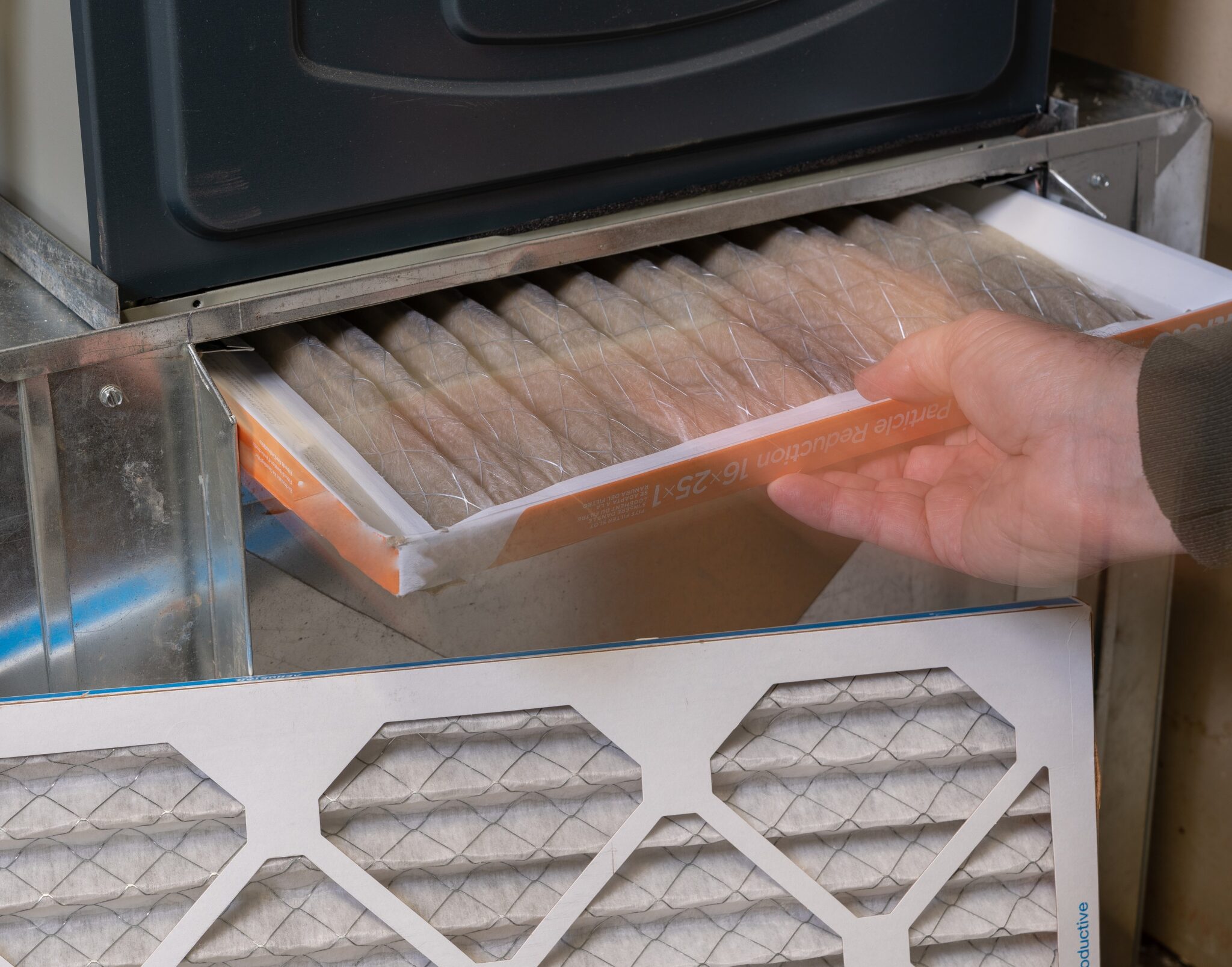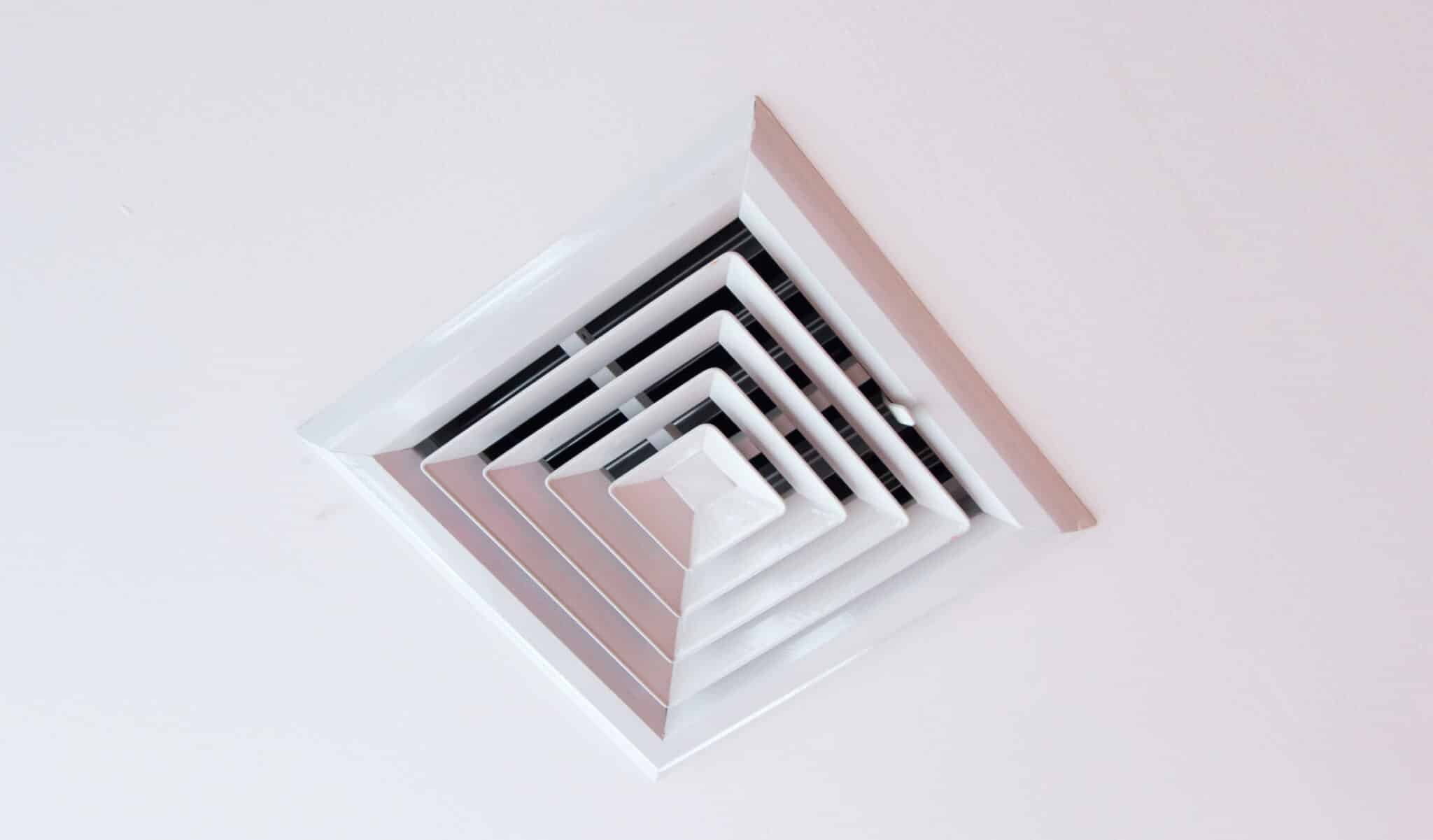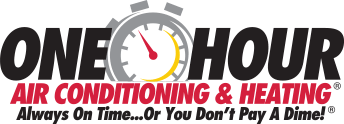
Proactive HVAC Mold Control Strategies
Maintaining a healthy home environment is essential, and HVAC mold control plays a crucial role in this endeavor. Mold in HVAC systems can compromise indoor air quality, posing health risks to residents. Fortunately, proactive strategies can help prevent mold growth, ensuring a cleaner, safer air circulation within your home. This article explores effective HVAC mold control methods, tailored to homes in Carrollton, Texas, and its neighboring cities.
Residents of Coppell, TX, understand the importance of a well-maintained HVAC system. The humid climate can create the perfect breeding ground for mold if not properly managed. By focusing on HVAC mold control, homeowners can significantly reduce the risk of mold proliferation. Implementing these strategies not only protects your family’s health but also extends the lifespan of your HVAC system.
In Bedford, TX, the changing seasons bring about different challenges for HVAC mold control. The fluctuation in temperature and humidity levels can make it difficult to keep mold at bay. However, with the right approach, it’s possible to maintain an environment that discourages mold growth. Regular inspections and maintenance are key components of a successful HVAC mold control strategy.
Embracing HVAC mold control measures ensures the well-being of your household and the efficiency of your heating and cooling systems. From regular cleaning to incorporating mold-resistant components, there are numerous steps homeowners can take. By being proactive, you can enjoy a healthier home environment, free from the concerns that mold in your HVAC system might otherwise bring.
Understanding Mold in Your HVAC System
Understanding the nature of mold and its relationship with your HVAC system is the first step toward effective control. Mold thrives in damp, dark places, making the hidden parts of your HVAC system a potential hotspot for growth. By keeping these areas dry and well-ventilated, you can significantly reduce the chances of mold taking hold. This approach is especially important in areas like Coppell, TX, where humidity can escalate the problem.
Regular HVAC inspections play a crucial role in identifying early signs of mold. Professionals can spot areas prone to mold growth and address them before they become a larger issue. In Bedford, TX, where weather conditions can vary, these inspections are vital to adapt your HVAC mold control strategies to current conditions. Acting swiftly on these recommendations can keep your system clean and efficient.
Improving airflow and reducing moisture are key strategies in preventing mold in your HVAC system. Simple steps like using dehumidifiers and ensuring proper ventilation can make a big difference. These measures not only help in controlling mold but also improve the overall air quality in your home. They are particularly effective in maintaining a healthy environment throughout the changing seasons.
Lastly, using high-quality air filters and changing them regularly can block mold spores from circulating through your home. Filters with a high MERV rating are more efficient at trapping small particles, including mold spores. This strategy, combined with regular cleaning of ducts and vents, ensures that your HVAC system remains a mold-resistant fortress. Adopting these practices will help you maintain a healthier living space, free from the concerns of mold growth.
Essential HVAC Mold Control Tips
To further enhance HVAC mold control, homeowners should consider scheduling professional duct cleaning. This service removes dust, debris, and potential mold from air ducts, promoting cleaner air circulation. In Coppell, TX, where dust and humidity can combine, this step is especially beneficial. It ensures that the air flowing through your home is as clean and mold-free as possible.
Another effective tip is to maintain a consistent indoor temperature. Fluctuations in temperature can cause condensation, a leading contributor to mold growth. By keeping your home at a steady temperature, you reduce the risk of creating environments where mold can thrive. This practice is particularly important in Bedford, TX, where temperature changes are common, helping to keep indoor humidity levels in check.
Incorporating UV light systems into your HVAC unit can also play a crucial role in controlling mold. These systems use ultraviolet light to kill mold and bacteria, preventing their growth within your system. It’s a proactive measure that adds an extra layer of protection against mold, ensuring the air in your home remains healthy and clean. This approach is beneficial for all homes, particularly those in areas prone to mold growth.
Lastly, ensuring that your home has good drainage is vital. Proper drainage prevents water from accumulating around your HVAC unit, a common cause of mold. Make sure gutters and downspouts are clear and direct water away from your home. This simple step can significantly reduce the chances of mold finding its way into your HVAC system, maintaining a healthier living environment for you and your family.

Regular Maintenance for Mold Prevention
Regular maintenance is the cornerstone of effective HVAC mold control, ensuring your system operates efficiently while preventing mold growth. Scheduling routine check-ups allows professionals to catch and address mold-friendly conditions early. This proactive step is particularly crucial in areas like Coppell, TX, where high humidity can accelerate mold growth. By keeping your system in top condition, you safeguard your home’s air quality and comfort.
Cleaning or replacing your HVAC filters regularly is another simple yet impactful strategy. Filters trap mold spores, preventing them from circulating through your home. In Bedford, TX, where seasonal changes can bring about varying levels of airborne particles, maintaining clean filters is essential. This practice not only helps in controlling mold but also enhances your system’s overall performance.
Ensuring that your HVAC system’s drainage system functions properly is also key to preventing mold. Blocked or malfunctioning drainage can lead to water accumulation, creating a prime environment for mold. Homeowners should regularly check and clean their system’s drain pans and lines to avoid water-related issues. This step is especially important after heavy rains or in naturally damp environments.
Lastly, keeping your HVAC components clean is vital. Dust and debris can clog your system, impairing its efficiency and leading to moisture problems that favor mold growth. A clean system runs more smoothly and is less likely to harbor mold, making regular cleaning a crucial part of your HVAC mold control strategy. Adopting these maintenance habits will help ensure a healthier, mold-free home environment.
The Role of Humidity in Mold Growth
Understanding the role of humidity in mold growth is crucial for effective HVAC mold control. High humidity levels provide the perfect environment for mold to flourish, especially in hidden areas of your HVAC system. By monitoring and managing indoor humidity, homeowners can significantly reduce mold risks. Using humidifiers or dehumidifiers, depending on the need, ensures a balanced indoor climate, deterring mold growth.
In areas like Coppell, TX, where humidity can rise significantly, it’s essential to keep indoor humidity levels in check. Proper ventilation in areas like bathrooms and kitchens, where moisture is more prevalent, helps maintain lower humidity levels. This step, combined with regular HVAC maintenance, prevents mold from finding the damp conditions it needs to grow. Simple actions like using exhaust fans can make a big difference in controlling indoor humidity.
For residents in Bedford, TX, where the climate can vary, understanding the correlation between outdoor and indoor humidity is key. On days with high outdoor humidity, it’s wise to limit the opening of windows and doors. This practice helps maintain consistent indoor humidity levels, which supports overall HVAC mold control efforts. Ensuring your home is well-sealed against external humidity also aids in maintaining an ideal indoor environment.
Lastly, monitoring your HVAC system’s performance can provide insights into potential humidity issues. If your system is struggling to maintain consistent temperatures or if there are signs of condensation, these could be indicators of excessive indoor humidity. Addressing these signs promptly not only helps in controlling mold but also ensures your HVAC system operates efficiently. Regular checks and maintenance are your best defense against the humidity that fuels mold growth.
Advanced HVAC Mold Control Technologies
Exploring advanced technologies enhances HVAC mold control, making homes in places like Coppell, TX, safer and healthier. Smart thermostats are now capable of monitoring humidity levels, adjusting the indoor climate to prevent mold growth. These devices work seamlessly with HVAC systems, ensuring a balanced environment that’s less inviting to mold. By leveraging such technologies, homeowners can stay a step ahead in maintaining indoor air quality.
In Bedford, TX, where the climate can shift, air purifiers with HEPA filters play a crucial role in mold control. These purifiers capture mold spores before they can circulate through the HVAC system, significantly reducing the risk of mold proliferation. Coupled with regular HVAC maintenance, air purifiers ensure that the air in your home remains clean and healthy. This approach is particularly effective in areas prone to fluctuating humidity and temperature.
Another innovative solution involves the use of HVAC UV lights, which target mold and bacteria directly within the system. These UV lights disrupt the DNA of mold spores, effectively killing them and preventing future growth. Installing UV lights in your HVAC system adds an extra layer of protection against mold, especially in humid conditions. It’s a proactive measure that complements traditional cleaning and maintenance routines.
Finally, integrating humidity sensors into HVAC systems provides real-time data on indoor air conditions. These sensors can trigger the system to adjust settings or alert homeowners when conditions favor mold growth. By actively monitoring and responding to changes in humidity, these sensors help maintain an optimal indoor environment. This technology is invaluable for residents in areas like Coppell and Bedford, TX, where environmental conditions can quickly change, making it challenging to control mold without constant vigilance.

Ensuring Proper Ventilation for Mold Control
Ensuring proper ventilation in your home plays a pivotal role in HVAC mold control. A well-ventilated space allows air to circulate freely, reducing the damp conditions mold thrives in. In Coppell, TX, where humidity can rise, installing exhaust fans in high-moisture areas like bathrooms and kitchens is essential. This simple step can significantly improve air quality and prevent mold growth.
In addition to exhaust fans, homeowners should consider the benefits of whole-home ventilation systems. These systems work with your HVAC to exchange indoor and outdoor air, keeping the environment inside your home fresh and reducing mold risk. For residents in Bedford, TX, where the climate varies, such a system ensures consistent air quality regardless of the season. It’s an effective strategy that complements regular HVAC maintenance for mold control.
Cracking windows open during dry, sunny days is another method to enhance ventilation and control mold. This natural ventilation method helps to lower indoor humidity levels, a key factor in preventing mold. However, it’s important to monitor outdoor humidity and pollen levels to avoid introducing new air quality issues into your home. Balancing natural with mechanical ventilation methods is key to maintaining a mold-resistant environment.
Lastly, scheduling regular HVAC inspections is crucial for identifying and addressing any ventilation issues that could encourage mold growth. Professionals can assess your system’s efficiency and recommend improvements to enhance airflow and ventilation. By taking these proactive steps, homeowners can ensure their HVAC system supports a healthy, mold-free living space. Keeping your home well-ventilated is a straightforward yet effective approach to HVAC mold control.
The Health Impacts of Mold in HVAC Systems
Understanding the health impacts of mold in HVAC systems is crucial for residents in Coppell, TX, and beyond. Mold exposure can lead to a variety of respiratory issues, including allergies, asthma flare-ups, and other respiratory infections. Effective HVAC mold control is essential in preventing these health risks. Keeping your system clean and free of mold supports a healthier home environment for everyone.
In Bedford, TX, where the climate can contribute to mold growth, being aware of the symptoms linked to mold exposure is important. Individuals may experience coughing, sneezing, sore throats, and even skin irritation. By prioritizing HVAC mold control, homeowners can significantly reduce these health concerns. It’s a proactive approach to ensuring the air in your home is safe to breathe.
Implementing strategies for HVAC mold control also benefits those with compromised immune systems. Mold spores circulating in an HVAC system can be particularly harmful to individuals with weakened immune defenses. In such cases, clean, mold-free air is not just a comfort but a necessity. Homes in areas prone to humidity and mold, like Coppell, TX, should take extra precautions to maintain a mold-free HVAC system.
Lastly, the peace of mind that comes from knowing your HVAC system is free of mold cannot be overstated. Residents in Bedford, TX, can enjoy their homes more fully when they’re not concerned about the air quality. HVAC mold control is more than just a maintenance task, it’s an investment in your family’s health and well-being. By addressing mold proactively, you ensure a healthier living space for all.
Frequently Asked Questions
What causes mold in HVAC systems?
Mold in HVAC systems often starts when moisture finds its way into the system. This can happen through leaks or high humidity levels. Dust and other organic materials inside ducts provide food for mold to grow. Without proper HVAC mold control, these conditions create a perfect breeding ground for mold.
How often should HVAC systems be inspected?
To ensure a healthy home environment, it’s wise to have HVAC systems checked at least once a year. Regular inspections help catch early signs of mold growth. Experts in HVAC mold control can identify potential problems before they escalate. This proactive approach keeps air quality high and mold at bay.
What are the signs of mold in HVAC systems?
If you notice a musty odor when your HVAC system runs, it could be a sign of mold. Another clue is visible mold around air vents or ducts. You might also experience allergy symptoms indoors, such as sneezing or headaches. These signs suggest it’s time for an HVAC mold control checkup to ensure your home stays healthy.
How does HVAC mold control improve air quality?
HVAC mold control plays a crucial role in maintaining clean air in your home. By eliminating mold growth, it reduces airborne contaminants that can affect your health. This ensures the air circulating through your system is fresh and free from harmful spores. As a result, everyone in your home can breathe easier, enjoying a healthier living environment.
What are the best HVAC mold control products?
The best HVAC mold control products include antimicrobial filters and UV light systems. These filters capture mold spores, preventing them from circulating in your home. UV lights target mold at its source within the system, effectively killing it. Together, they offer a powerful defense, ensuring your air stays clean and healthy.







